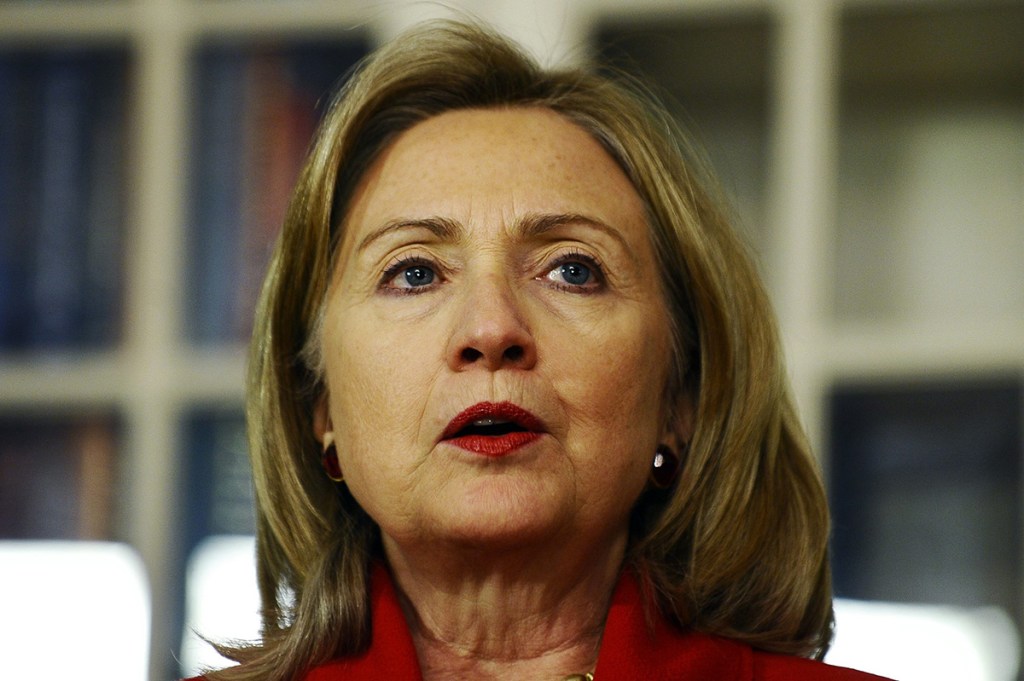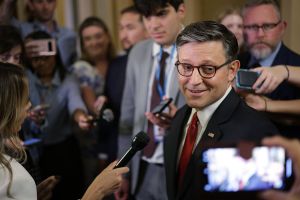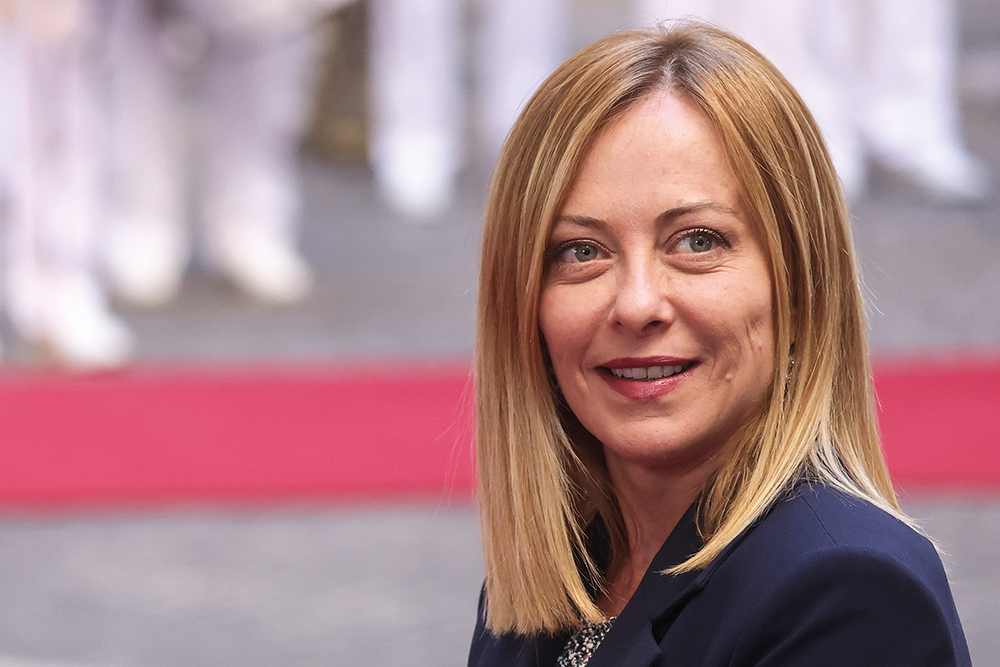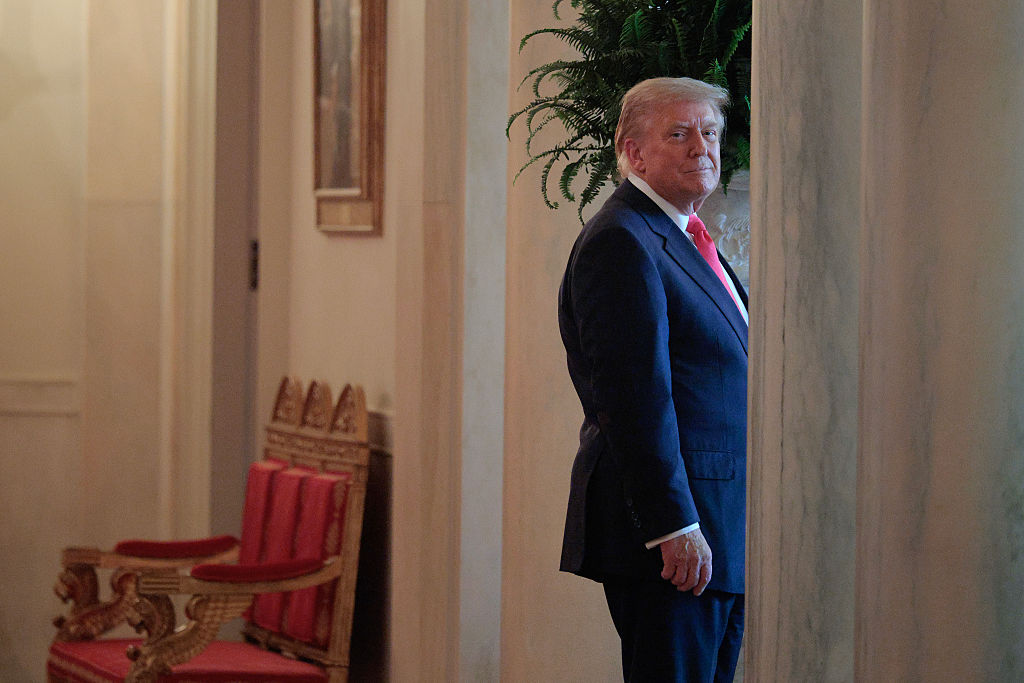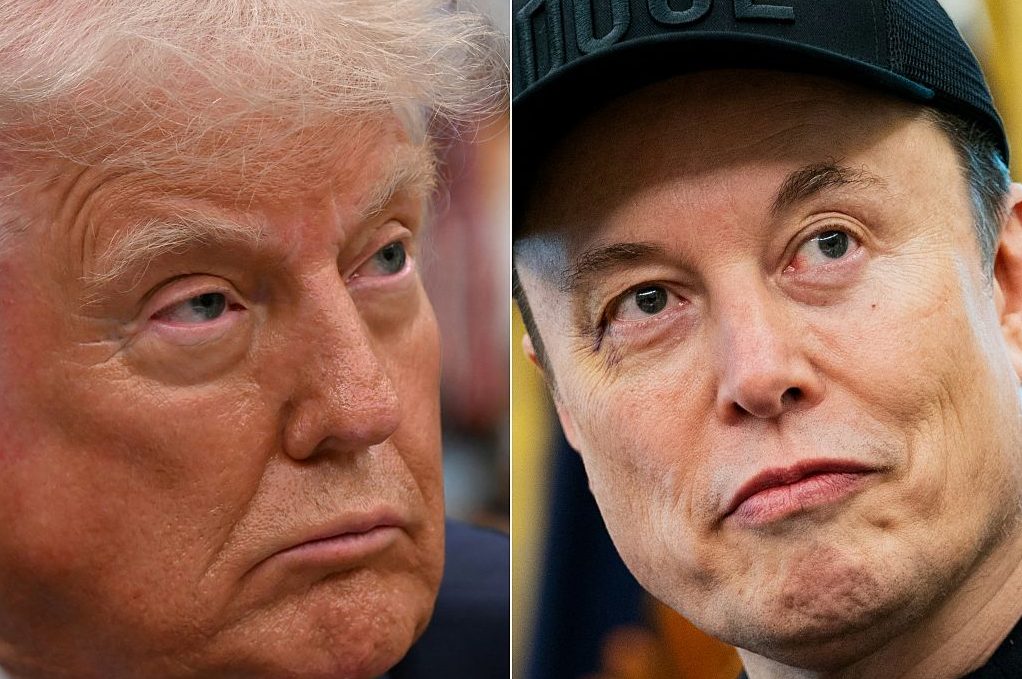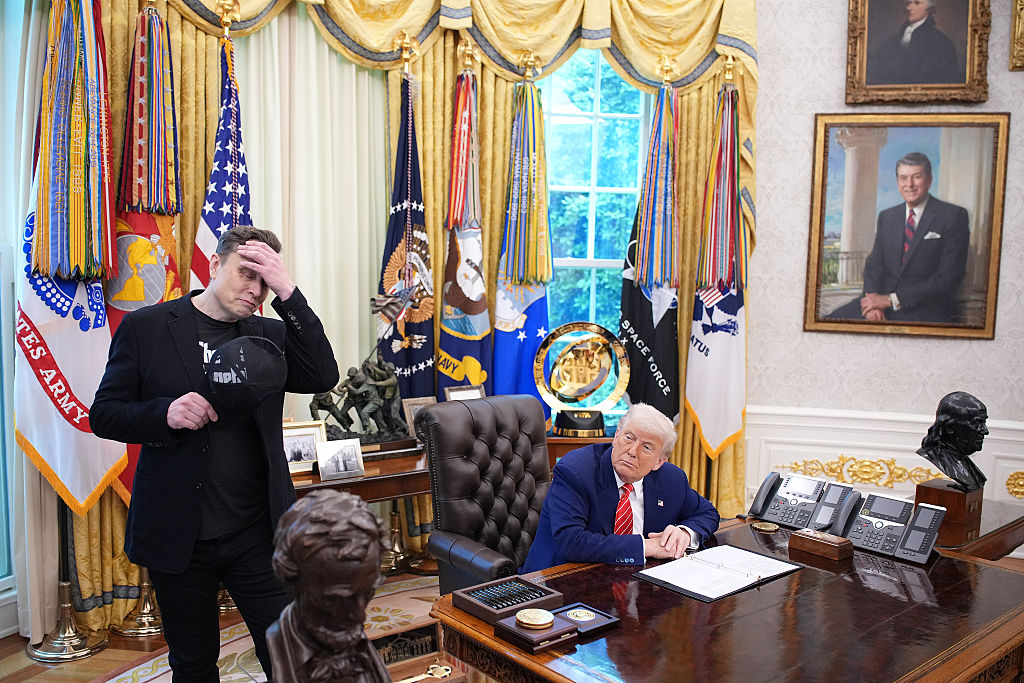There is a word for secretly collecting information about enemies or competitors to use against them.
According to the latest court filing by Special Counsel John Durham, the Hillary Clinton campaign surreptitiously and likely illegally reached into protected White House and Trump communications data to try and show some link between Trump and Russia. The Clinton campaign during the election hid from FBI, CIA and the media that it was the source of the information gathered. Durham doesn’t use the word “spy,” but that in no way changes what happened.
The recent filing relates to Durham’s September indictment of Michael Sussmann, an attorney who represented the Clinton campaign while at the Perkins Coie law firm. Sussmann is accused of lying to the FBI at a September 2016 meeting when he presented documents claiming to show internet communications between Trump and Russia-based Alfa Bank. The indictment says Sussmann falsely told the FBI he was presenting this information as a good citizen, purposely hiding his ties to Clinton. The allegations about the bank were false.
The new filing is at its heart legal housekeeping, asking that a waiver be considered to allow Sussmann to retain his current law firm. A potential conflict of interest exists because Sussmann’s representative works for a law firm which also represents others Durham may be going after, and may have been involved in the larger events under investigation, perhaps as witnesses. While that is interesting in itself, what is newsworthy are broader details of what really happened around Russiagate that potentially point to crimes on a Watergate scale.
The filing says tech company Neustar executive Rodney Joffe (who was also a law client of Michael Sussmann) worked with the indicted Clinton campaign lawyer to access “dedicated servers for the Executive Office of the President of the United States (EOP).” Joffe then “exploited this arrangement by mining the EOP’s DNS traffic and other data for the purpose of gathering derogatory information about Donald Trump.”
Joffe also “enlisted the assistance of researchers at a US-based university” (likely Georgia Tech) who had access to “large amounts of internet data in connection with a pending federal government cybersecurity research contract.” This would have been how Joffe got access to data from Trump’s private computers. “[Joffe] tasked these researchers to mine internet data to establish ‘an inference’ and ‘narrative’ tying then-candidate Trump to Russia,” he added. “In doing so, [Joffe] indicated that he was seeking to please certain ‘VIPs,’ referring to individuals at Law Firm-1 and the Clinton campaign.”
Some nerd stuff. Remember metadata, the info about a communication Edward Snowden showed us the NSA gathers? This is like that. Metadata shows, among other things, when and where a communication started, and where it ended up. DNS data, a kind of metadata, comes from a Domain Name System. When you use a smartphone or type www.thespectator.com into your browser, it contacts a DNS server, which translates those English words into the numbers the internet actually runs on.
DNS is like a phone lookup; you want to speak with Mom, who the phone knows only as 212-555-1212. Same thing for email, TikTok, anything online. If you have access to DNS data, such as Joffe did, you know who the White House and Trump were communicating with. DNS data is a road map and if you have enough of it, patterns, such as perhaps regular communication with Russia, emerge. That’s why the NSA does the same thing against its enemies or competitors.
The Clinton people got access to all this information via a private contractor, Joffe’s Neustar, which provided the actual DNS servers to the White House. Durham wrote, starting in July 2016, that Joffe’s company “exploited this arrangement by mining the EOP’s DNS traffic and other data for the purpose of gathering derogatory information about Donald Trump.” In quid pro quo, and despite a fraud-laden past, Joffe was offered a top cybersecurity job in the future Clinton administration.
The data gathering on the Trump campaign began while Obama was still in office (and the EOP portion could have been to establish a baseline of “normal” White House-Russia communications) and continued into February 2017, after Trump took office and all attention turned to impeachment. Having failed to stop his campaign, the data was lined up to aid in driving him out of the White House.
But no one stole or hacked the data, right? Not so fast. Contractors working on sensitive data systems do not own the data they see. Their scope of usage is very specific to the job they were hired to do. It does not include exploiting high-security government contracts for political purposes and personal gain. Sort of like your doctor, who knows your medical information but cannot just share it with his brother who sells life insurance.
Indictments by Durham against Joffe are sure to be coming. It is also curious that FBI and CIA did not question where Sussmann got his data, given that it could have only come from White House servers. In addition, if researchers at Georgia Tech who were being paid by the US government via a DARPA grant were freelancing the data they collected to help the Clinton campaign smear Trump, that would be another area Durham will be looking into.
But back to Michael Sussmann, the Clinton lawyer. As he tried to get the FBI interested in the Trump-Alfa Bank tale in September 2016, Sussmann went to the CIA (“Agency-2”) on February 9, 2017 and “provided an updated set of allegations — including the Russian Bank-1 data and additional allegations relating to Trump.”
Sussmann also “claimed lookups demonstrated that Trump and/or his associates were using supposedly rare, Russian-made wireless phones in the vicinity of the White House.” Durham says this is unsupported, though as recently as October the New York Times was still defending it. The Durham filing also maintains Sussmann lied again to CIA about having any affiliation with his paying clients Joffe and the Clinton campaign.
So call it what you will — spying, hacking, infiltrating, a rebut to “but her emails” — but here is what it is: Durham asserts Neustar, on behalf of the Clinton campaign, gathered data likely illegally and certainly surreptitiously from White House and Trump computers, seeking a connection to Russia. Lawyer Michael Sussmann, hiding his connection to Clinton and Joffe, brought false conclusions drawn from this data to FBI and CIA (and perhaps the DOJ inspector general) in hopes they would turn their enormous resources toward investigating Trump. The con worked with the FBI.
This would mean Hillary and her lawyers masterminded a coordinated electronic conspiracy against Trump when he was a candidate and later president, while simultaneously perpetuating the dossier hoax. As with the dossier, everything Clinton peddled was fake. There was no pee tape, no payoffs from Putin, no connection to Alfa Bank and no Russian-made smartphones.
But this is not a fake scandal. Durham has potentially uncovered the most destructive political assassination attempt since Kennedy.



